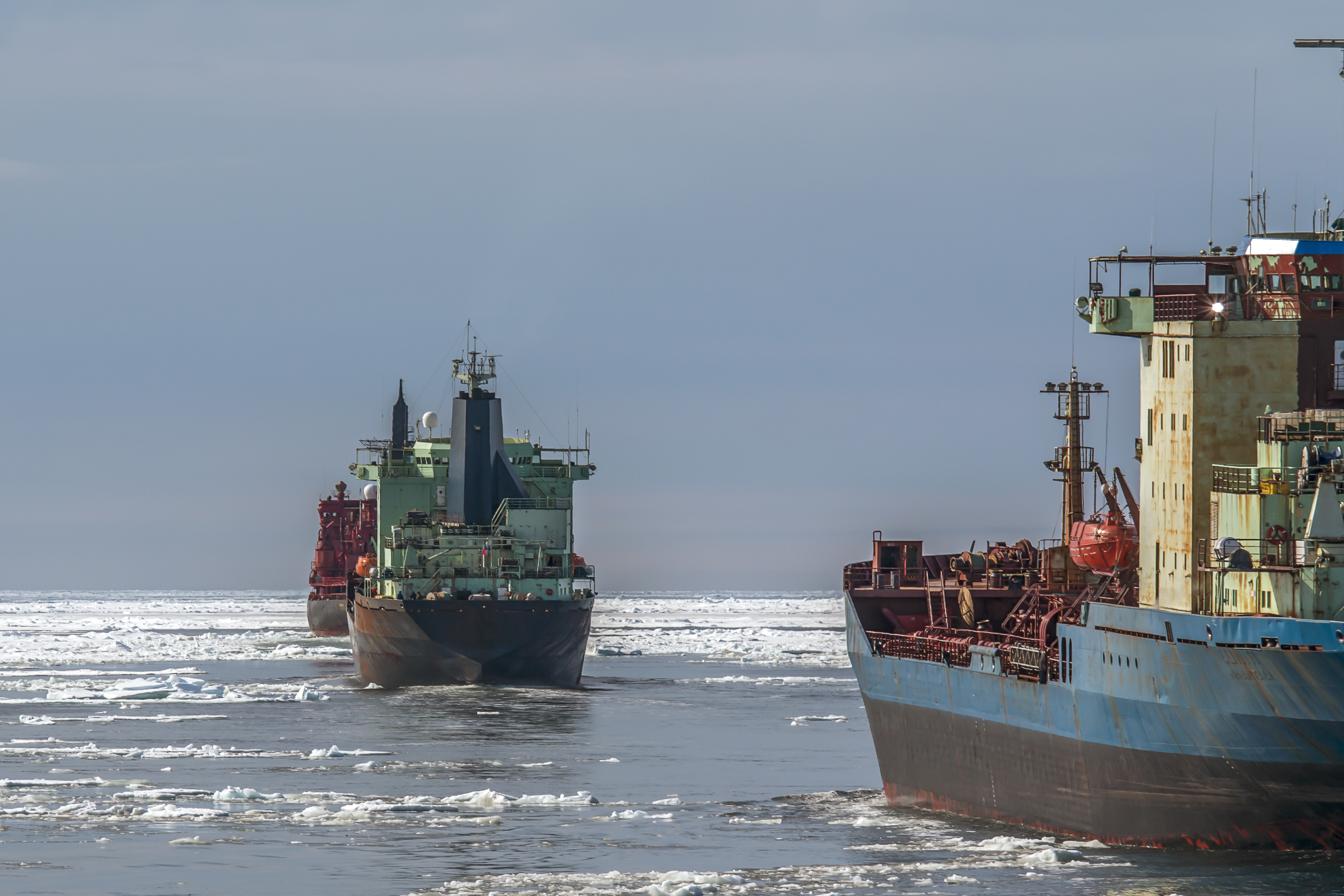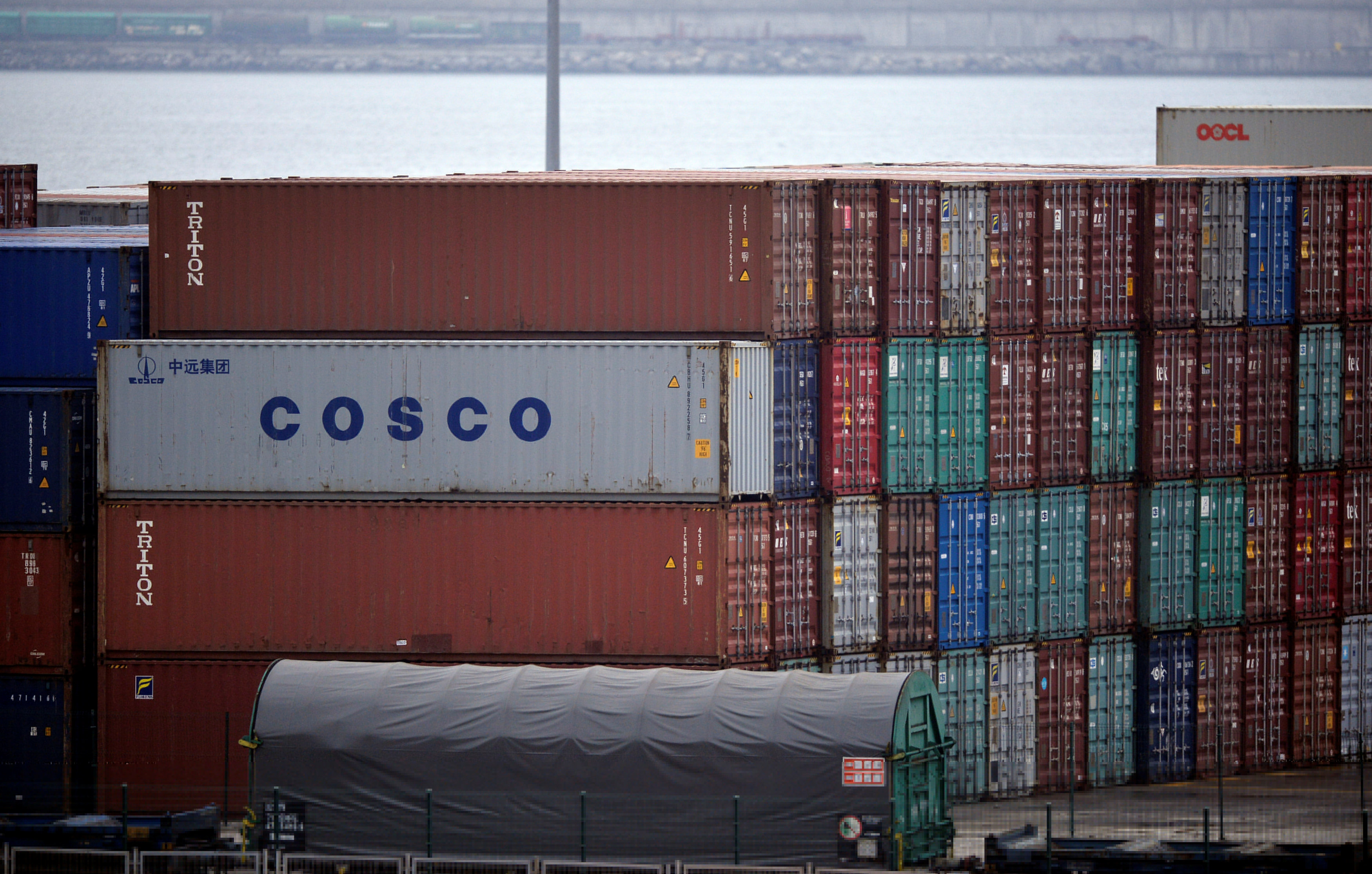China sent more than a dozen vessels through the Arctic this year

Chinese shipping companies have sent a dozen vessels through the waters of the Northern Sea Route (NSR) in 2017, compared to five vessels the previous year. This is the largest fleet of non-Russian flagged vessels to ever operate on the route. In addition, the Xue Long, a Chinese icebreaker, also spent nearly three months sailing the Arctic Ocean, including Canada’s Northwest Passage.
China’s Ocean Shipping Company utilized the route for five transit voyages — three westbound from Asia to Europe and two eastbound from Europe to Asia — and three destination trips to deliver modules for Yamal LNG to Sabetta. Guangzhou Salvage also delivered modules for Yamal LNG. In addition China’s National Offshore Oil Corporation and China’s Oilfield Services Limited conducted seismic and drilling activities in the Kara Sea.
The rapid increase of Chinese activity on the route follows the country’s intent to benefit from the opening of Arctic shipping routes.
“The NSR has officially become part of the maritime component of China’s One Belt One Road project after the publication of China’s National Development and Reform Commission and the State Oceanic Administration’s vision for Maritime Cooperation under the Belt and Road Initiative,” explains Ekaterina Klimenko, Researcher at the Stockholm International Peace Research Institute.

A busy summer on the NSR
China’s activity on the route falls into the busiest Arctic shipping season yet. More than 9.6 million tons of cargo have already been transported this year and the head of the NSR Administration Nikolai Monko expects a total of around 10.2 million tons. This represents an increase of 36 percent over 2016 with 7.5 million tons.
COSCO’s operations in the Arctic saw three vessels the Tian Jian, the Lian Hua Song, and the Tian Fu, transport windmill-related cargo to and from Denmark. The first two vessels delivered windmill towers to Esbjerg arriving on Sept. 23 and Aug. 31. They each spent nine days sailing the NSR. The Tian Fu transported windmill blade moulds from Grenaa to Shanghai traversing the Arctic route in eigght days.
The Da An departed from Tian Jin, China with unknown cargo. The vessel spent eight days on the NSR before arriving in Cuxhaven, Germany on Sept. 14. In addition the Tian Le sailed from Cuxhaven, Germany to Tomakomai, Japan, again with unknown cargo. It spent just seven days on the NSR and arrived in Japan after just three weeks of sailing.
All five vessels shortened their voyages by about 10 days by sailing via the Northern Sea Rout, rather than the Suez Canal.
Chinese vessels support construction of Yamal
In addition to transit traffic transporting goods to and from Europe, Chinese vessels were also engaged in supporting the construction of Yamal LNG.
The project consists of three LNG liquefaction trains each consisting of 26 prefabricated modules delivered to the port of Sabetta. In total, including supporting segments, 155 modules have to be delivered to the construction site in Sabetta. This summer China’s national oil company shipped the last 36 core modules for the Yamal project.
Several heavy load carriers, operated by CNOOC, Guangzhou Salvage, and COSCO delivered these modules to the port of Sabetta. The Hai Yang Shi You 278, the Xia Zhi Yuan 6, the Xiang He Kou, and the Xiang Yun Kou arrived at Sabetta between July 15 and Sept. 12.
Exploration in the Kara Sea
Chinese vessels were also engaged in seismic exploration and drilling activities in the Kara Sea west of the Yamal Peninsula. The Hai Yang Shi You 278, before calling at Sabetta two months later, delivered the semi-submersible drilling rig Nan Hai Ba Hao to Murmansk.
The rig, which can operate in waters up to 1,400 meters deep, conducted nearly three months of drilling operations in Gazprom’s Leningradskoe license area. This represents the first activity in the Kara Sea since sanctions put an end to a partnership between Rosneft and Exxon Mobil in 2015.
“At the moment, Russia and China are indeed allies in the Arctic and in the development of the hydrocarbons in particular. Yamal LNG is not the only area of cooperation in the Arctic the two countries are discussing. Rosneft has been talking to the Chinese companies to work on a number of offshore projects. Although nothing has been officially signed or declared, there are few indicators that negotiations are still ongoing,” states Klimenko.
“This summer China Oilfield Services Limited’s (COSL) Nan Hai Ba Hao platform has been working on Gazprom’s Leningradskoe deposit. This was the only drilling in the Kara Sea this year. This example as well as cooperation on between Rosneft and COSL in the Okhotsk Sea are signs that within the next five-10 years China might become a major partner for the offshore development, especially if the sanctions remain.”
Further cooperation appears likely, also given the fact that the Hai Yang Shi You 720, a research and survey vessel, conducted more than four months of seismic survey activity in the Kara Sea.
NSR Traffic to double in 2018
With the beginning of production at Yamal LNG and the first shipment expected for December 8 and destined for China, traffic on the route is likely to nearly double over the next 12 months. According to the Russian Ministry of Transport cargo volumes, the vast majority of which will come from the transport of hydrocarbons, could reach up to 65 million tons per year by 2020. China is slated to benefit two-fold from the growing utilization of the route: as a shortcut for select specialty cargo to and from Europe and as a delivery route for Russian-made LNG and oil.